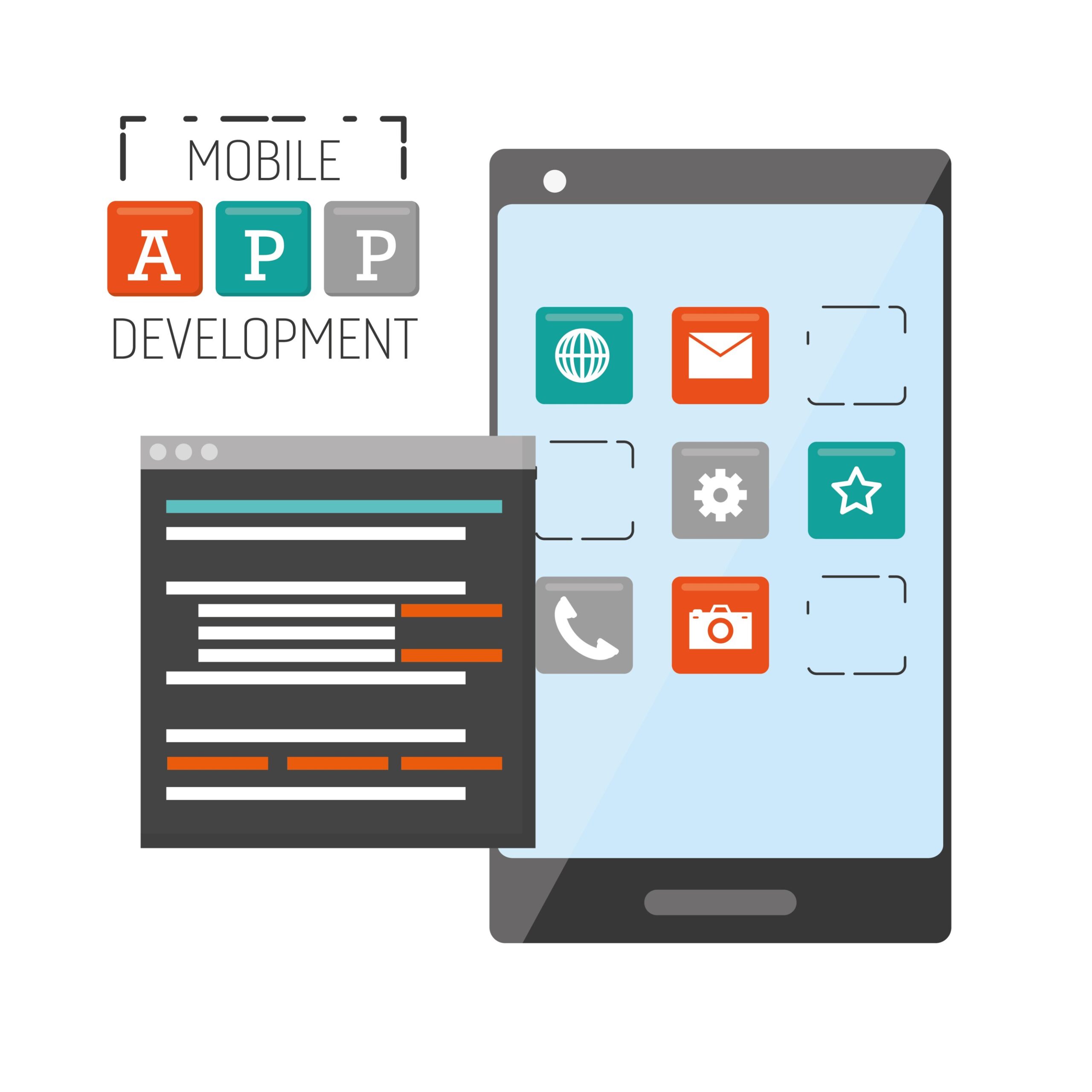In today’s digital age, mobile applications have become an integral part of our daily lives, revolutionizing the way we interact with technology and the world around us. As the demand for mobile apps continues to surge, developers are constantly seeking efficient tools and frameworks to build high-quality applications that can cater to diverse needs. In this in-depth blog post, we will delve into the top 10 mobile app development frameworks that are at the forefront of shaping the future of app development.
1. React Native:
React Native, an open-source framework developed by Facebook has gained immense popularity in recent years. Here are its key pros and cons:
Pros:
- Code Reusability: Developers can write code once and use it across both iOS and Android platforms, saving significant time and effort.
- Vibrant Community: A robust community and an extensive library of pre-built components and modules make React Native a top choice for developers.
- Live Reload: Real-time code changes can be seen instantly, speeding up the development process.
Cons:
- Platform-Specific Components: Creating complex, platform-specific UI components can be challenging.
- Third-Party Dependency: Relying on third-party modules may sometimes lead to compatibility issues or require additional maintenance.
2. Flutter:
Flutter, developed by Google, is known for its exceptional user interfaces and cross-platform capabilities. Let’s explore its strengths and weaknesses:
Pros:
- Beautiful UI: Flutter excels in creating visually appealing and highly responsive user interfaces.
- Hot Reload: The hot reload feature enables developers to make real-time code changes, enhancing productivity.
- Single Codebase: Flutter allows developers to build natively compiled apps for mobile, web, and even desktop.
Cons:
- Learning Curve: Learning Dart, Flutter’s programming language, may take some time for developers accustomed to more widely used languages like JavaScript or TypeScript.
- App Size: Flutter apps can be larger compared to some other frameworks, which might affect download times and storage.
3. Xamarin:
Xamarin, now under Microsoft’s wing, empowers developers to create cross-platform apps using C#. Here are the pros and cons:
Pros:
- Access to Native APIs: Xamarin offers access to native device features, ensuring high-performance apps.
- C# Language: Developers can leverage their C# skills for app development, reducing the learning curve.
- Visual Studio Integration: Tight integration with Visual Studio streamlines the development process.
Cons:
- Paid Features: Some advanced features require a paid license, which may impact project budgeting.
- Slower Updates: Updates and new feature releases may not be as frequent as with other frameworks.
4. NativeScript:
NativeScript enables developers to build native mobile apps using JavaScript, TypeScript, or Angular. Here are the pros and cons of using this framework:
Pros:
- Native Performance: NativeScript provides native-level performance without relying on web views.
- Code Reusability: Developers can reuse code between iOS and Android platforms, saving development time.
- Plugins and Themes: A wide array of plugins and themes is available to extend functionality.
Cons:
- Smaller Community: NativeScript has a smaller community compared to some other frameworks, which may affect the availability of community-driven resources.
- Learning Curve: Knowledge of JavaScript or TypeScript and familiarity with native mobile development concepts are required.
5. Ionic:
Ionic is a popular framework for creating cross-platform mobile apps using web technologies such as HTML, CSS, and JavaScript. Here’s a closer look at its advantages and disadvantages:
Pros:
- Cross-Platform Development: Ionic simplifies cross-platform development by leveraging familiar web technologies.
- Abundant UI Components: The framework provides a rich library of UI components for building visually appealing apps.
- Progressive Web App Support: Besides mobile apps, Ionic allows developers to create progressive web apps (PWAs).
Cons:
- Performance: While suitable for many apps, Ionic may not match the performance of frameworks that compile to native code.
- Native Feature Access: Accessing certain native features may require the use of plugins, which can be an additional step in development.
6. PhoneGap (Apache Cordova):
PhoneGap, also known as Apache Cordova, allows developers to create mobile apps using HTML5, CSS3, and JavaScript. Here are the pros and cons:
Pros:
- Cross-Platform Development: PhoneGap streamlines cross-platform development by offering a single codebase.
- Access to Native Features: It provides access to native device features through plugins, enhancing app functionality.
- Simplified Compilation: PhoneGap Build simplifies the app compilation process, making it accessible to developers with minimal native development knowledge.
Cons:
- Performance: PhoneGap’s performance may not match that of frameworks that compile to native code.
- Slower Updates: Updates and maintenance may not be as rapid as with other frameworks, potentially affecting security and compatibility.
7. Vue Native:
Vue Native is an open-source framework for building mobile apps using Vue.js. It offers several advantages and disadvantages:
Pros:
- Vue.js Integration: Vue Native integrates seamlessly with Vue.js, enabling code reuse and easy integration with existing web projects.
- Native Components: Vue Native leverages NativeScript to render native components, ensuring excellent performance.
- Streamlined CLI: The Vue Native CLI simplifies project setup and development, making it accessible to developers of all levels.
Cons:
- Smaller Community: Vue Native has a smaller community compared to more established frameworks, which may impact the availability of resources and support.
- Learning Curve: Knowledge of Vue.js and some familiarity with NativeScript concepts are prerequisites for development.
8. jQuery Mobile:
jQuery Mobile is a lightweight framework for creating mobile web apps. Here are its pros and cons:
Pros:
- Lightweight: jQuery Mobile is a lightweight option that is easy to use for creating mobile web applications.
- Platform Support: It supports a wide range of platforms and devices, making it accessible to a broad audience.
- Quick Development: Developers can rapidly create responsive and touch-friendly user interfaces.
Cons:
- Aging Technology: jQuery Mobile may not be the best choice for modern, feature-rich apps requiring the latest technologies and capabilities.
- Limited Native Access: Access to native device features may be limited compared to native development.
9. Framework7:
Framework7 is a free and open-source framework for building mobile, desktop, and web apps. Here are the pros and cons:
Pros:
- iOS and Material Design Focus: Framework7 provides a native look and feel, catering to both iOS and Material Design aesthetics.
- Integration Options: It integrates seamlessly with Vue.js or React for added flexibility in development.
- UI Components and Animations: Framework7 offers a rich set of UI components and animations to enhance the user experience.
Cons:
- Limited Platform Support: Framework7 is primarily focused on iOS and Android, with less support for other platforms, potentially limiting your target audience.
- Smaller Community: Framework 7 has a smaller community compared to some other frameworks, which may impact the availability of resources and support.
10. Onsen UI:
Onsen UI is a hybrid mobile app development framework that offers several benefits and drawbacks:
Pros:
- Hybrid App Development: Onsen UI allows developers to create apps using familiar web technologies.
- Customizable Components: It provides a wide range of customizable components to meet specific project requirements.
- Performance: Onsen UI offers excellent performance through its powerful rendering engine.
Cons:
- Limited Native Access: Access to native features may be more restricted compared to some other frameworks.
- Smaller Community: Onsen UI has a smaller community compared to more established frameworks, which may impact the availability of resources and support.
Choosing the Right Framework:
Selecting the right mobile app development framework is a critical decision that depends on various factors, including the project’s complexity, your development team’s skills, performance requirements, budget constraints, platform support, and UI/UX demands. Each of the top 10 mobile app development frameworks offers a unique set of features, strengths, and limitations.
Conclusion:
The mobile app development landscape continues to evolve, and these top 10 frameworks are leading the way in shaping the future of app development. Regardless of whether you’re a seasoned developer or just beginning your journey in app development, these frameworks provide you with the tools and capabilities to create innovative, high-quality mobile applications. With the right framework, you can accelerate development, streamline maintenance, and deliver exceptional user experiences, ultimately contributing to the ongoing evolution of the mobile app industry. As you embark on your next app development project, carefully consider your specific needs and priorities to select the framework that aligns best with your goals.



